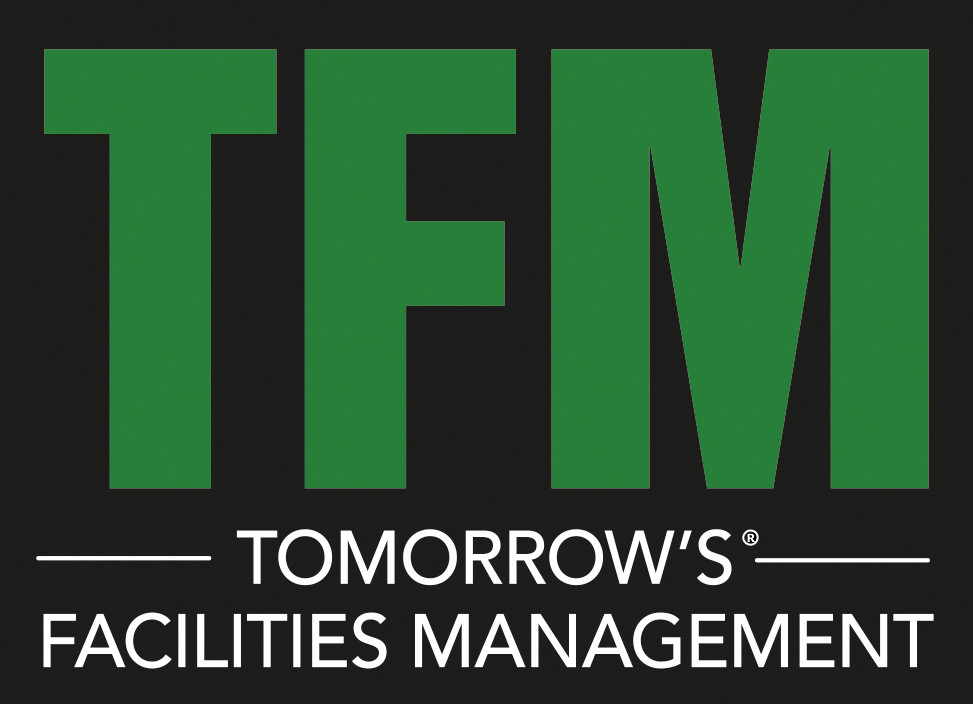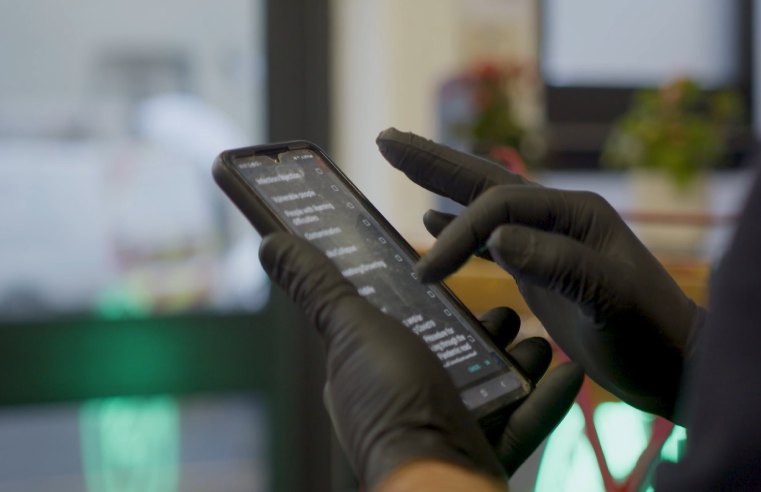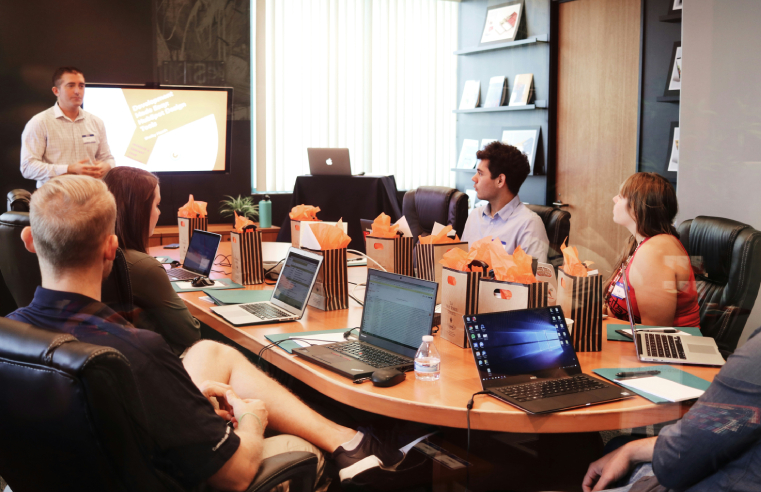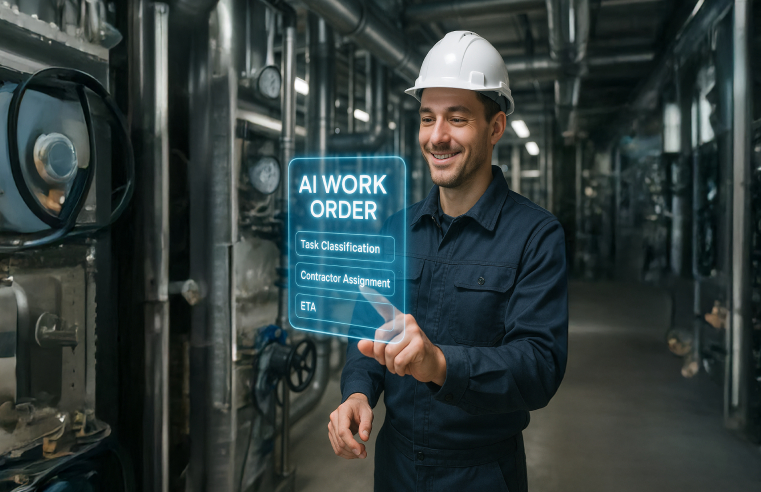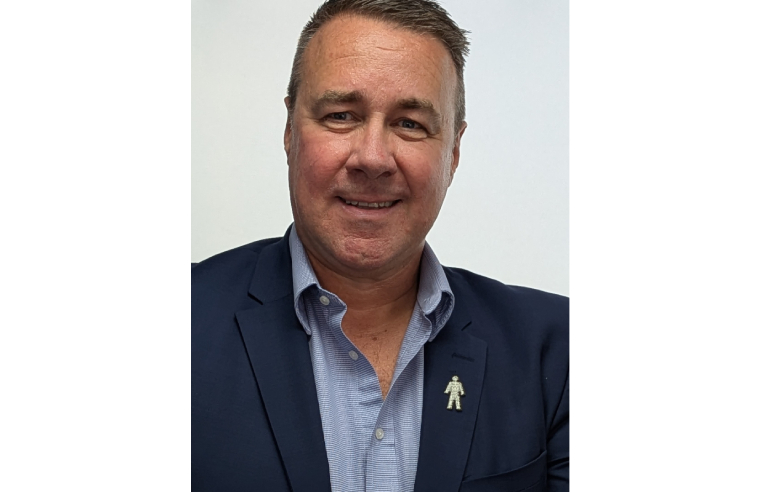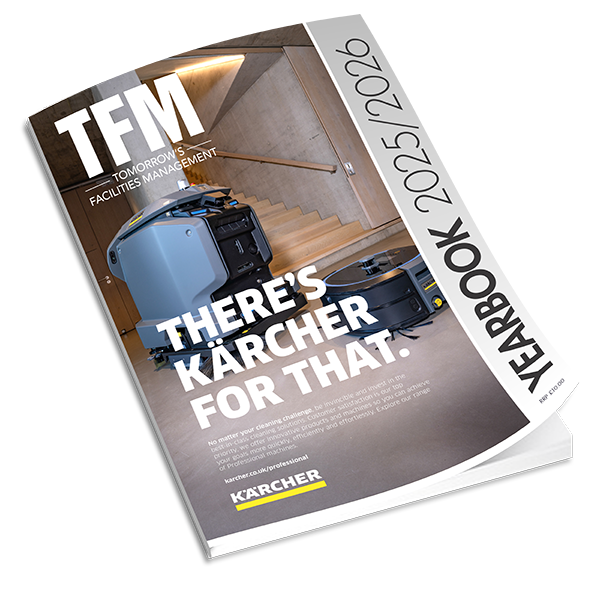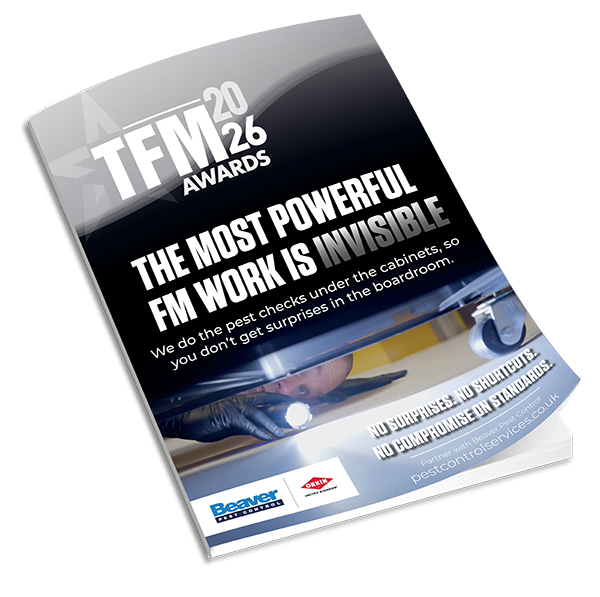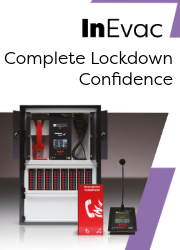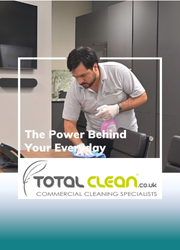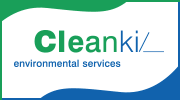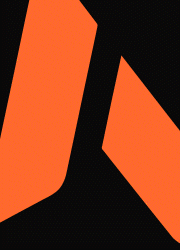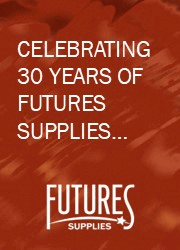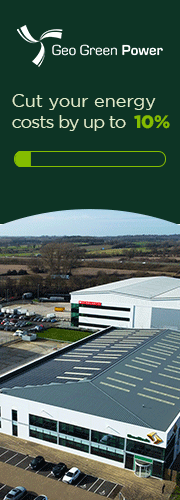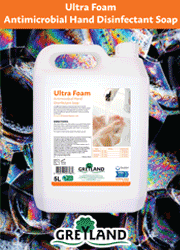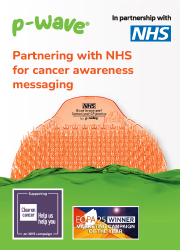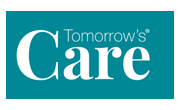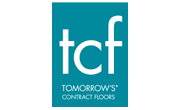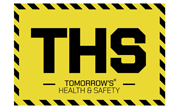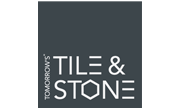Julia Pittman, Head of Customer Strategy at Beaver Pest Control, explains why information is the ultimate weapon against infestations.
In the complex world of urban pest control, educated guesswork no longer cuts it. With pests becoming increasingly resistant to traditional control methods and environments growing more challenging—especially in densely populated cities like London—data is fast becoming the backbone of effective pest management strategies.
From technician notes to real-time sensor alerts, the type and quality of information collected on site directly influence the speed and success of any pest control programme.
A spectrum of data collection
There are varying levels of sophistication when it comes to data collection in pest control, each with its own strengths and limitations.
Manual observations: Still a cornerstone
Traditionally, pest control has relied on technicians identifying and recording signs of activity—droppings, gnaw marks, tracks, or nesting materials. These findings are then transposed into site visit reports, forming the basis of decision-making.
While this approach draws heavily on human expertise, it also leaves room for error. Accuracy depends on the detail captured in each visit, and the data is only as useful as the technician’s ability to observe, record, and interpret patterns over time.
Semi-automated logging: Enhancing visibility
An increasingly common approach is the use of inspection items or QR codes linked to bait stations or monitoring points. These enable technicians to log evidence against a specific location, helping to build trend data over time.
This hybrid method maintains the human element while introducing consistency and structure to data collection. When systems are well-integrated, the data can be analysed in near real time, offering a clearer picture of pest activity.
The rise of remote monitoring
One of the most significant advancements in the sector has been the introduction of remote monitoring technology. Using motion-activated traps or environmental sensors, pest professionals can collect round-the-clock data—even when premises are closed.
This has two key advantages:
1. Behavioural insights – Sensors capture activity when rodents are most likely to move freely, revealing movement patterns that would otherwise go undetected.
2. Strategic intervention – Understanding how pests navigate a site enables more precise interventions, such as proofing measures or targeted trapping.
Remote monitoring is especially useful in environments where bait resistance or behavioural avoidance—commonly known as bait shyness—is suspected. In such cases, traditional methods can be ineffective, and building intelligence is vital to regaining control.
Data is not a silver bullet—but it’s close
Despite the clear benefits of automated and digital tools, no single method is universally effective. Many challenging environments benefit most from a blended approach: combining technician-led observation, structured data logging, and remote sensors.
The challenge then becomes not just collecting the data, but interpreting it. With multiple data streams—from sensor readings to technician logs—the real value lies in the analysis: identifying trends, understanding causality, and refining the control strategy accordingly.
The future is analytical
As pest control evolves, so too does its reliance on data science. Where once decisions were made based on experience and anecdotal evidence, the industry is now moving toward data-led interventions. This shift promises not only faster resolution times but more sustainable long-term outcomes—particularly in sensitive or high-risk environments.
Ultimately, as urban pest challenges grow more complex, information—not just intervention—will be what sets effective pest control apart.
Julia Pittman is Head of Customer Strategy at Beaver Pest Control – a brand of Orkin UK. She also is Chair of the British Pest Control Association’s Equality, Diversity and Inclusion Committee and sits on the BPCA’s Executive Board. With a passion for data-driven service delivery, Julia works closely with facilities managers across the UK to deliver smarter, more sustainable pest control solutions.
https://pestcontrolservices.co.uk



